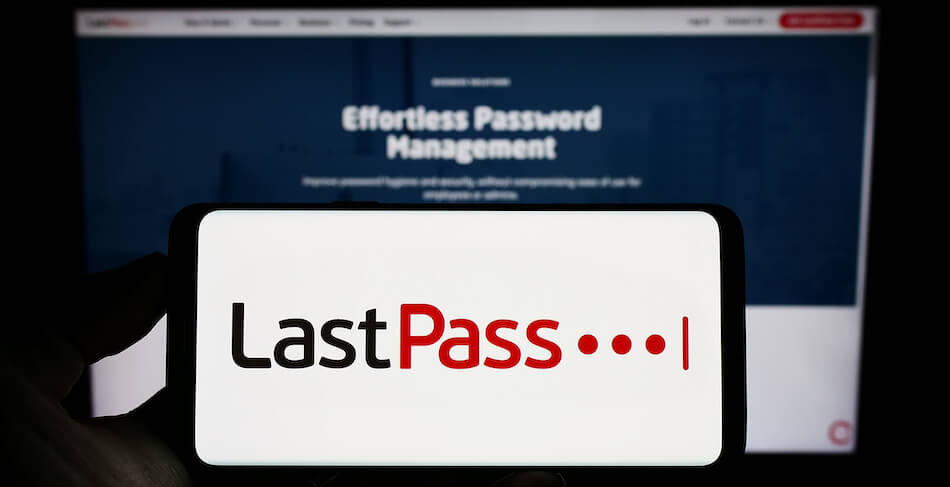
LastPass, the popular password manager, has announced a significant security upgrade: the encryption of URLs stored in its vaults.
This enhancement aims to bolster user privacy and security without compromising performance, addressing the evolving technological landscape since LastPass's inception in 2008.
Pathway to URL encryption
Traditionally, LastPass did not encrypt URLs in its vaults due to the computational limitations of early PCs and mobile devices. Encrypting these fields would have negatively impacted performance and user experience. However, advancements in device capabilities now allow for this encryption without adverse effects.
Every time a user accesses a website, LastPass matches the URL against entries in the user's vault to autofill credentials. Previously, these URLs were unencrypted to facilitate performance. Now, LastPass is leveraging modern technology to encrypt URL fields, ensuring enhanced security and privacy.
URLs can reveal sensitive information about the nature of accounts, such as banking or email services. Encrypting these URLs extends LastPass's zero-knowledge architecture, meaning even LastPass cannot see the details of your stored URLs. This move significantly mitigates the risk of data exposure and enhances overall customer privacy.
The implementation of URL encryption will occur in two phases:
- Phase One: June – July 2024
Starting in July, LastPass will automatically encrypt the primary URL fields of existing and new accounts. Users and business admins will receive detailed instructions via email. This phase also includes removing a duplicate legacy URL field.
- Phase Two: Latter Half of 2024
This phase will focus on encrypting the remaining six URL-related fields in the vaults. LastPass will provide step-by-step guidance for users and specific instructions for business plan admins.
No immediate action is required from users or admins at this moment. LastPass will communicate precise instructions in the upcoming months to ensure a smooth transition. Users can expect clear guidance on completing the initial upgrade and preparing for the subsequent encryption of all URL fields.







Leave a Reply